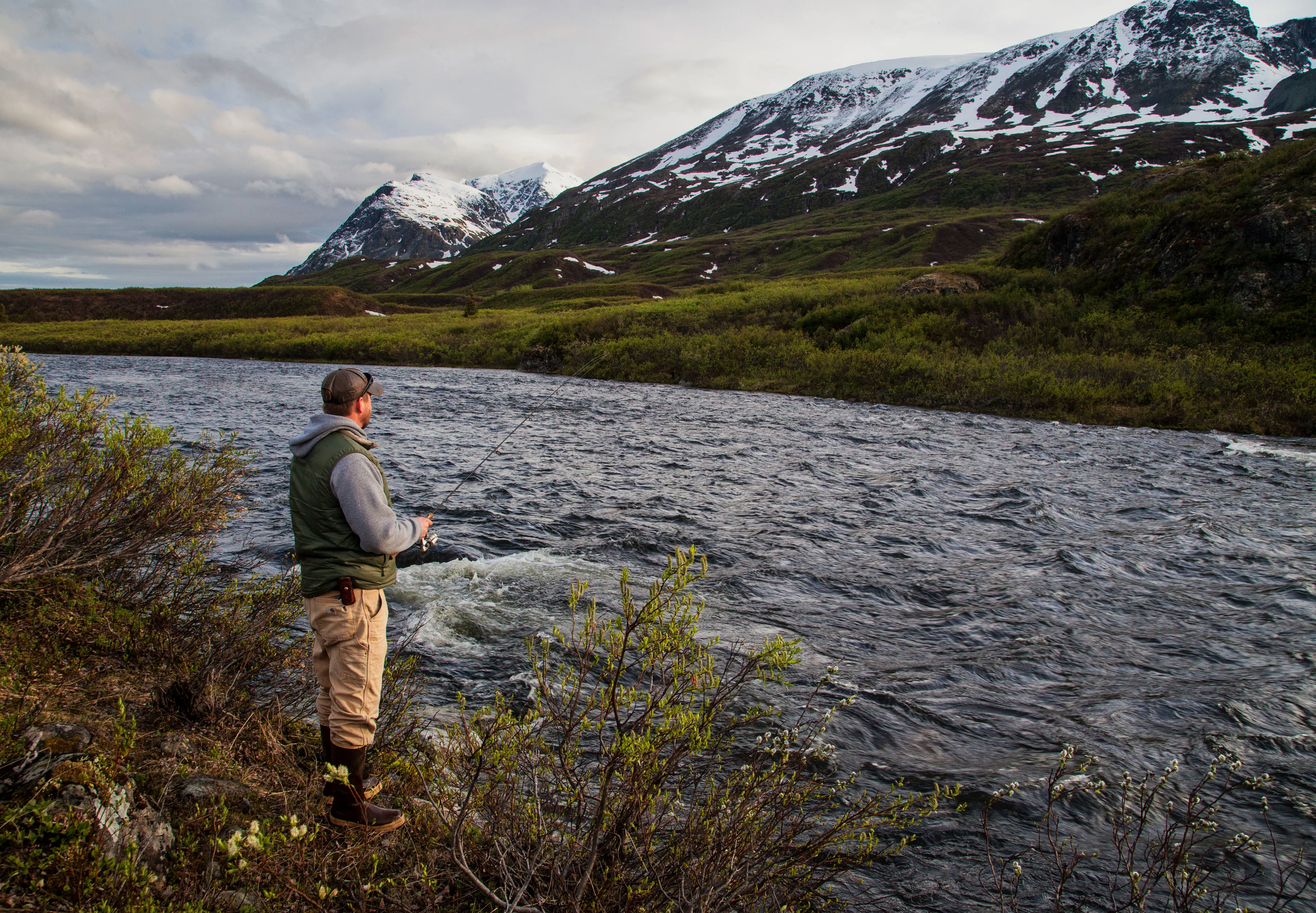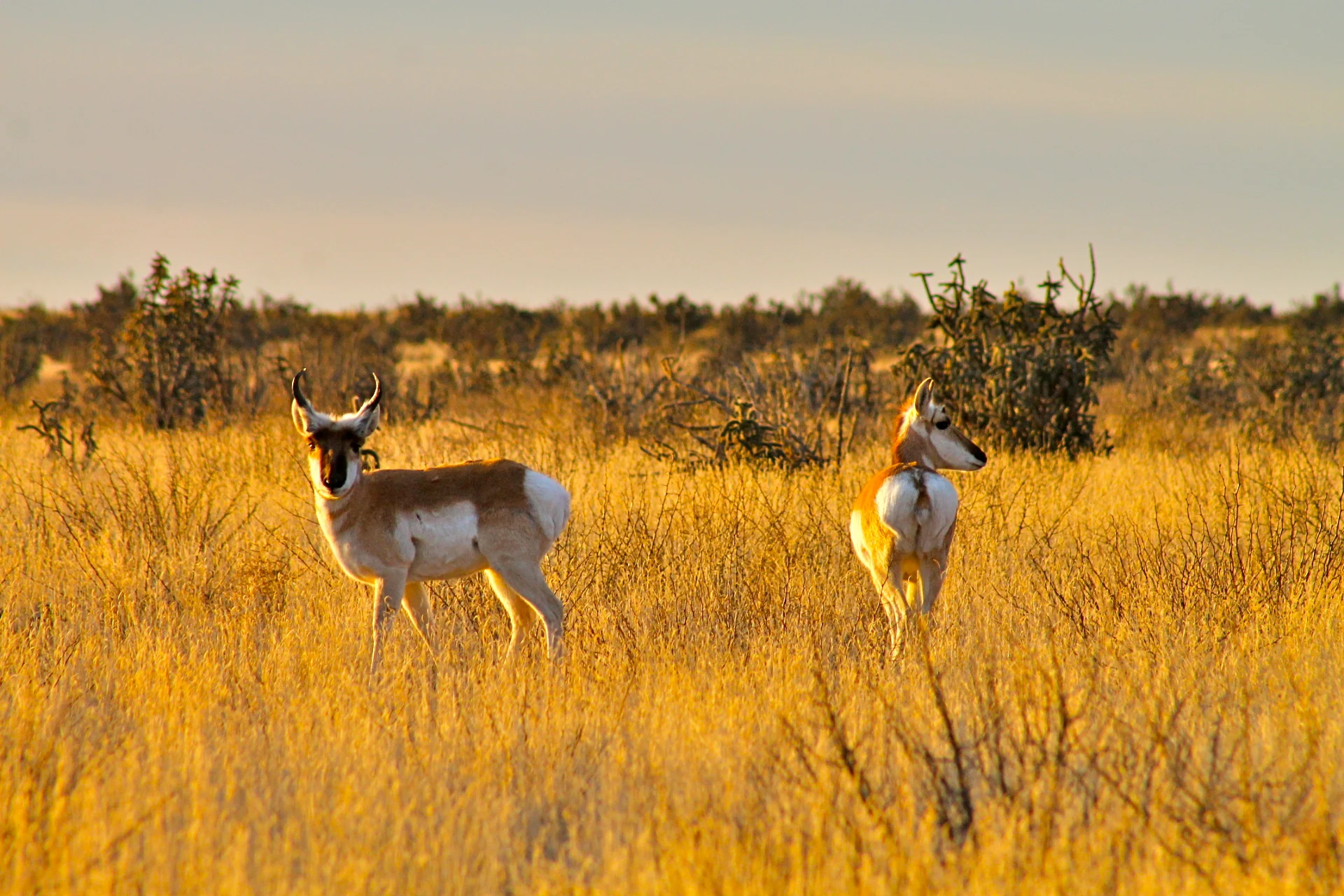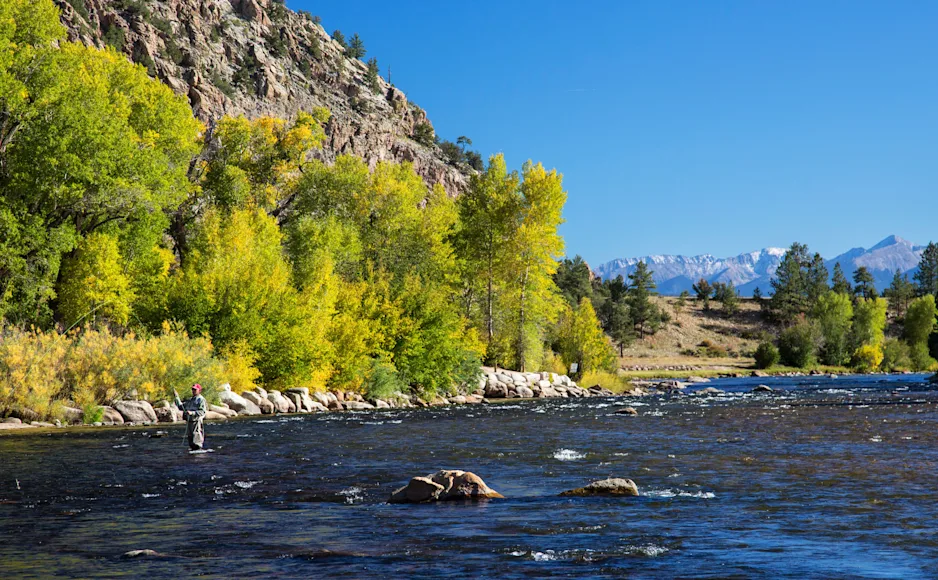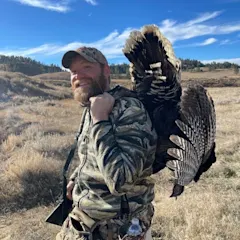Back in April 2024, the Bureau of Land Management announced plans for a groundbreaking shift in public lands management. The Conservation and Landscape Health Rule—or Public Lands Rule—as it was called, would have allowed the agency to better prioritize wildlife conservation when managing the more than 245 million acres of public land that it oversees across the country. Now that rule is on the chopping block, and the public’s window of opportunity to weigh in about it is closing rapidly.
Conservation groups in the hunting and fishing space applauded the Public Lands Rule when the BLM rolled it out in the spring of 2024, and those same groups are fighting to keep the rule intact today. “BLM public lands and habitats are under increased pressure from drought, severe wildfires, and invasive species, and the Conservation and Landscape Health Rule will help improve the agency’s ability to address those challenges for the benefit of hunters and anglers,” said Joel Webster of the Theodore Roosevelt Conservation Partnership when the rule was announced.
The BLM, housed under the Department of the Interior, manages approximately 245 million acres. While those lands have often been prioritized for natural resource extraction and grazing, conservationists have long sought to enshrine hunting and angling as “multiple uses” that the BLM is legally obligated to consider when making management decisions. And many argued that the soon-to-be-scrapped Public Lands Rule would have provided that mandate.

Prioritizing the Species We Hunt
Aaron Kindle, Director of Sporting Advocacy at the National Wildlife Federation, said the Public Lands Rule would be a net win for hunters and anglers. “The majority of America’s mule deer and elk winter range is on BLM,” Kindle told Field & Stream. “This rule is critical for those species, for sage grouse, and for some 3,000 other wildlife species that inhabit BLM lands.”
The rule creates a framework for protecting “intact and highly functional” landscapes, not just for elk and mule deer, but for fisheries, pronghorn antelope, and upland birds, Kindle says. It also establishes a “restoration lease program," facilitating boots-on-the-grounds conservation organizations—like the Mule Deer Foundation and the Rocky Mountain Elk Foundation—to lease certain BLM lands for habitat restoration work.
Though heralded by hunters and anglers, the Conservation and Landscape Health Rule wasn't without controversy when it was being drafted. Some environmental groups, like the Center for Biological Diversity, lobbied for more Endangered Species Act protections in the final rule. Others in the ranching and energy extraction communities condemned the rule outright, calling it federal overreach and a “capitulation to environmental extremists.”
Controversy aside, the finalized rule is a product of public input and meaningful compromise, according to Backcountry Hunters and Anglers Western Policy Director Devin O’Dea. “Conservation is not about locking people out; it’s about keeping the door open for future generations,” O’Dea said. “The Public Lands Rule drew overwhelming public support from a diverse coalition of stakeholders who recognized the value of healthy landscapes, clean water and abundant fish and wildlife populations—essential elements to ensure our future of hunting and fishing in a natural setting.”

Too Much Emphasis on Conservation?
According to BHA, public comment periods preceding the Public Lands Rule drew input from thousands of hunters and anglers, with 90 percent expressing support for the rule. “[That] input underscored the broad recognition of conservation’s role in safeguarding opportunities to hunt and fish, clean water, and wildlife habitat on 245 million acres of public lands managed by the BLM,” the organization said in a recent press release.
When it moved to rescind the Public Lands Rule in September 2025, the Trump Administration's BLM—led by Interior Secretary Doug Burgum—said it placed “an outsized priority on conservation,” a statement that contradicts the stated positions of conservation organizations like BHA, NWF, and TRCP.
“The previous administration’s Public Lands Rule had the potential to block access to hundreds of thousands of acres of multiple-use land – preventing energy and mineral production, timber management, grazing and recreation across the West,” Burgum said in a Sept. 9 press release. “The most effective caretakers of our federal lands are those whose livelihoods rely on its well-being. Overturning this rule protects our American way of life and gives our communities a voice in the land that they depend on.”
Burgum’s plan to scrap the public lands rule comes amid other threats to BLM management in the West. In early September 2025, for example, Congress used the Congressional Review Act to override three Resource Management Plans (RMPs) on tens of millions of acres in Alaska, Montana, and North Dakota. According to TRCP, Congress has never used the Congressional Review Act to strike down an RMP before now. And the move sets a troubling precedent that could topple more public land management plans—both at the BLM and the US Forest Service—in the coming years.
Read Next: Backcountry Hunters & Anglers Names New CEO
In a recent interview with Field & Stream, Backcountry Hunters and Anglers' incoming President and CEO Ryan Callaghan said BHA will fight to preserve existing Resource Management Plans at the BLM. "Hunters are poised to advocate on behalf of the retention and proper management of BLM lands more than any other groups," he said. "We have the same dirt under our fingernails as the grazer, and we are the same folks working in the field in the energy sector."
If you’d like to weigh in on the Administration’s plan to rescind the Public Lands Rule, there’s still time to do so. The BLM’s public comment period officially ends on November 10.


